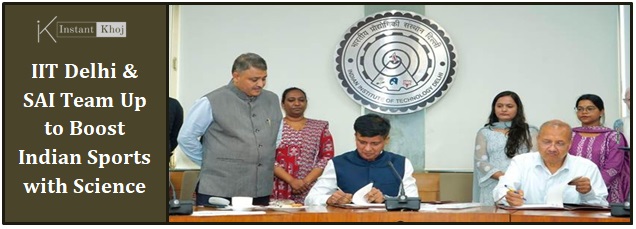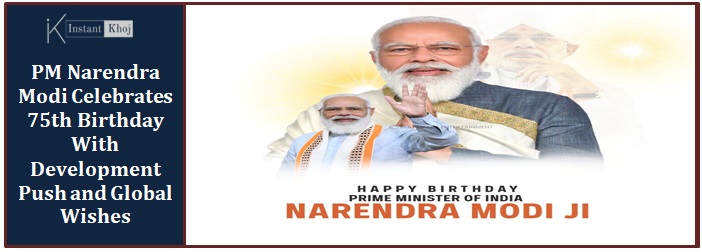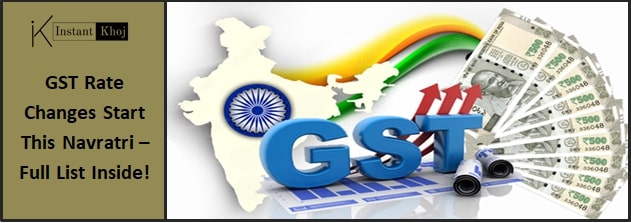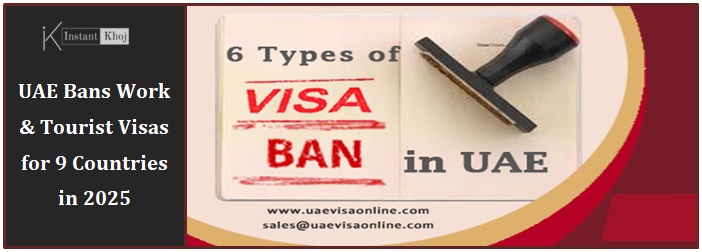In what marks a pivotal moment for Indian sports science, the Sports Authority of India (SAI)’s National Centre of Sports Science Research (NCSSR) and Indian Institute of Technology Delhi (IIT Delhi)have signed a landmark Memorandum of Understanding (MoU)to strengthen research, development, and innovation in sports technologies and science. Announced in early September 2025, the agreement brings together one of India’s premier technical institutes with the national sports welfare authority, ushering in an era where science and technology will play central roles in pushing Indian athletes to the global stage.
What Is the MoU About?
The MoU establishes a formal collaboration for inter‑institutional coordination in areas including:
-
Cutting‑edge research in sports science and engineering
-
Development of indigenous sports equipment, sensors, biomechanical devices
-
Innovation in injury prevention, athlete monitoring, and well‑being
-
Use of artificial intelligence (AI), biomechanics, assistive technologies
As part of this partnership, IIT Delhi will assist NCSSR in creating technologies tailored for both able-bodied and para‑athletes. A new Biomechanics Laboratory has already been inaugurated at IIT Delhi to support detailed movement analysis, optimize athletic performance, and reduce injury risk.
Why It Matters: The Significance of the Collaboration
Emphasis on Indigenous Innovation & “Garv se Swadeshi”
India has long relied on imported sports equipment and tech solutions. This collaboration targets home‑grown development, aiming to produce tools and solutions designed specifically for Indian athletes, climate, and conditions. This aligns with the central government’s broader “Garv se Swadeshi” (Proudly Indigenous) initiative.
Scientific Rigor in Training & Support
While talent has always been central to India’s sporting achievements, scientific support—through nutrition, biomechanics, recovery practices, and performance analytics—has sometimes lagged. With IIT Delhi’s expertise in AI, sensors, and engineering, the partnership promises to bring rigor and data‑driven methods to how athletes train, reduce injury risk, and improve results.
Inclusivity: Able‑Bodied & Para‑Athletes
The MoU specifically mentions support for both “able‑bodied and para athletes,” emphasizing inclusiveness in sports science innovation. Technologies developed will be designed to serve athletes with different physical abilities, helping level the playing field.
Background: The Players Involved
Sports Authority of India (SAI) & NCSSR
SAI is the apex organization under the Ministry of Youth Affairs & Sports tasked with developing sports infrastructure, talent identification, and scientific support for athletes. NCSSR is SAI’s research wing, responsible for investigating sports science, athlete welfare, and performance improvements.
IIT Delhi: A Hub of Technology & Engineering
IIT Delhi is one of India’s leading institutions in engineering, sciences, AI, biomedical engineering, sensors, and research. Under Director Rangan Banerjee, the institute has increasingly emphasized multidisciplinary work, including areas like biomechanics, assistive technologies, AI‑based modelling, and data analytics.
Key Elements of the Agreement
The partnership was formalized via MoU, signed by key stakeholders:
-
Brig. (Dr.) Bibhu Kalyan Nayak, Director of NCSSR (SAI)
-
Prof. Ashwini K. Agrawal, Dean (Research & Development), IIT Delhi
Also present at the signing were Sports Secretary Hari Ranjan Rao, Prof. Rangan Banerjee (Director, IIT Delhi), and other IIT Delhi faculty like Prof. Deepak Joshi, Prof. Biswarup Mukherjee, Prof. Anil Varma, and Prof. Neetu Singh.
Besides signing the agreement, a new biomechanics lab was inaugurated at IIT Delhi to house research into human movement, performance metrics, sensor‑based monitoring, and assistive tech.
What Will Be Developed & the Future Landscape
Performance & Injury Prevention
One major goal is to optimize performance, examining how movement patterns, biofeedback, and sensor data can inform training programs. Equally, tracking and minimizing injury risk will be central—as repeated injuries have often derailed athlete careers.
Technology Applications: Sensors, AI & Assistive Devices
IIT Delhi’s strengths in sensors and AI will be leveraged to create devices that, for example:
-
Monitor gait, posture, joint stress
-
Provide real‑time feedback during training
-
Develop assistive prosthetics or devices for para athletes
Knowledge Transfer & Skills Development
Another dimension is training coaches, sports scientists, support staff in scientific methods. Shared workshops, internships, and joint research projects will help build human capacity in sports tech across India.
Indigenous Equipment & Cost Efficiency
Creating sports gear, sensor devices, analytics platforms, etc., domestically reduces cost, ensures better adaptation to local climate and athletes, and less dependency on imported tools.
Statements from Key People
-
Union Sports Minister Mansukh Mandaviya framed the agreement as part of the government’s commitment “to integrate science and technology with sports, to empower Indian athletes to compete at the highest levels internationally.”
-
IIT Delhi director Prof. Rangan Banerjee emphasized IITD’s expertise in biomechanics, sensors, assistive technologies, and AI, expressing hope for “creating impact in sports science and technology.”
Challenges & Considerations
While the initiative is promising, several challenges must be addressed to achieve its goals:
-
Translating research into usable tools – Research outcomes should lead to products that athletes and coaches can use on the ground.
-
Funding and scalability – Adequate financial resources will be needed not just for lab infrastructure but for field deployment of devices, maintenance, and training.
-
Adoption across sports & regions – India’s sports ecosystem is vast; ensuring equitable access across states, sports disciplines (urban and rural) is crucial.
-
Sustainability of projects – Long‑term projects must plan for updates, upkeep, and continuous innovation, especially as tech evolves rapidly.
How This Extends Broader Trends
-
Sports science gaining priority: The MoU builds on a growing trend in India—where scientific support (nutrition, data analytics, rehabilitation) is now considered essential alongside coaching.
-
“Swadeshi” in high tech fields: This focus on indigenous innovation in sports tech reflects the broader national push for self‑reliance in science, tech, and manufacturing.
-
Inclusion of para athletes reinforces India’s ambition to perform better in parasports and showcases a more inclusive model.
Impact: What This Could Mean for Indian Athletes
Short‑Term (1–2 Years)
-
Enhanced monitoring of athlete health, performance, and training load.
-
Development of prototypical devices for injury risk assessment or wearable trackers.
-
Upgradation of SAI centres with tech collaboration from IIT Delhi.
Medium‑Term (3–5 Years)
-
More case of indigenous tech being used in competitive sports (national/international).
-
Better data on athlete performance enabling smarter selection and tailored training.
-
Expansion of infrastructure and learning programs, perhaps new courses/training in sports science at IIT Delhi or through SAI.
Long‑Term (5+ Years)
-
India could emerge as a hub for sports tech innovation in Asia.
-
Improved performance in international competitions—Olympics, Asian Games—through scientific edge.
-
Greater commercial potential: startups, exports of sports science tools.
Conclusion: Science, Strength & the Path Ahead
The MoU between IIT Delhi and SAI NCSSR is more than a bureaucratic agreement—it is a clarion call for the future of Indian sports. By placing science, technology, and innovation at the heart of athlete development, India may finally begin to close the gap internationally—not just on physical or financial scales but on the margin that truly counts: performance under pressure.
This partnership brings hope—not just for elite athletes but for young sports persons across India who can benefit from scientific support, awareness of injury prevention, and access to tech‑enabled tools. It reflects a government and academic system recognizing that podium finishes are often built in labs: with data, design, sensors, and smart science.
For this to flourish, commitment must follow announcements: sustained funding, collaboration, bridging research and practice, and ensuring that innovations reach the field—not remain confined to labs.
As India marches toward bigger goals—Olympics, global championships, Para games—this MoU may well be remembered as a turning point: the moment sports science became central, not ancillary, in India’s quest for sporting glory.




